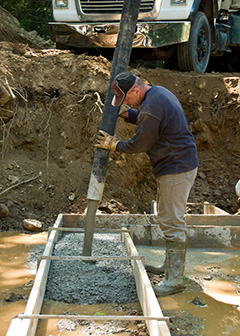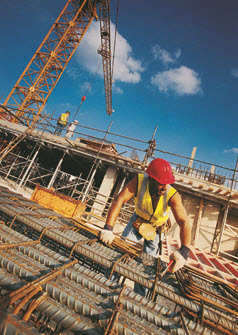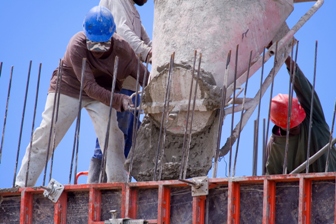Summary

| Quick Facts: Cement Masons and Terrazzo Workers | |
|---|---|
|
$35,530 per year
$17.08 per hour |
|
| See How to Become One | |
| None | |
| See How to Become One | |
| 148,400 | |
| 34% (Much faster than average) | |
| 50,700 | |
What Cement Masons and Terrazzo Workers Do
Cement masons pour, smooth, and finish concrete floors, sidewalks, roads, and curbs. Using a cement mixture, terrazzo workers create durable and decorative surfaces for floors and stairways.
Work Environment
Concrete and terrazzo work is fast paced and strenuous and often involves kneeling, bending, and reaching. Because many jobs are outdoors, work generally stops in wet weather.
How to Become a Cement Mason or Terrazzo Worker
Although most cement masons and terrazzo workers learn informally on the job, some learn their trade through a formal apprenticeship.
Pay
In May 2010, the median annual wage of cement masons was $35,450, and the median annual wage of terrazzo workers was $38,720.
Job Outlook
Overall employment of cement masons and terrazzo workers is projected to grow 34 percent from 2010 to 2020, much faster than the average for all occupations. Although employment growth will vary by specialty, both specialties’ growth will depend on the number of heavy construction and civil construction projects, including roads, bridges, and buildings. Applicants who take masonry-related courses at technical schools will have the best job opportunities.
Similar Occupations
Compare the job duties, education, job growth, and pay of cement masons and terrazzo workers with similar occupations.
O*NET
O*NET provides comprehensive information on key characteristics of workers and occupations.
Contacts for More Information
Learn more about cement masons and terrazzo workers by contacting these additional resources.








